The Evolution of Formula 1’s Pirelli Tires
Exclusive insight from the brand’s motorsport director, Mario Isola

When the roar of the crowd filled the air as Lando Norris crossed the finish line, taking his first victory in Formula 1 at the 2024 Miami Grand Prix, it was abundantly clear to us what a real passion there is for the pinnacle of motorsport here in the United States. The popularity of F1 has seen a meteoric rise in America thanks in part superstars like Lewis Hamilton and Max Verstappen, charismatic fan favorites like Daniel Ricciardo and Fernando Alonso, as well as the hit Netflix docuseries “Drive To Survive” which premiered in 2019 and gives audiences a peek behind the curtain. This years’ Miami GP was the most watched F1 race in US.television history with an average of 3.1 millions viewers, no doubt thanks largely in part to the great battles for position and someone ending Verstappen’s dominant run at US races.

However, as is the case with so many sporting events, one cannot truly appreciate the scale and drama of a Formula 1 race until one has witnessed it live. We joined Pirelli, sole tire supplier of Formula 1 since 2011, for an immersive experience at the Miami GP which was highlighted by an in-depth conversation with Pirelli Motorsport Director Mario Isola and a very quick reconnaissance lap of the Miami circuit with former F1 driver Esteban Gutierrez. The latter gave us a crucial understanding of just how challenging the 3.3 mile track is, in particular the surface and the three corners and chicane ahead of the back straight Alex Albon hit 228mph (we only managed 163 on our hot lap) to claim the top speed of the weekend.

As for the former, discussing the finer points of Pirelli’s involvement with F1 through at least 2027 and what single supplier tire development has done for the sport deepened our appreciation of the monumental effort it takes to pull of a successful race. In conversation Isola told us that “being the sole supplier we need to guarantee the sporting equity” and alongside of that the guiding principle is “safety first.” This will surely not come as a surprise to anyone given how far safety standards in F1 have come in the past decade, let alone the past three or four. However, it’s one thing to standardize car construction in the pursuit of equity and safety and another quite entirely to do so when it comes to tires.
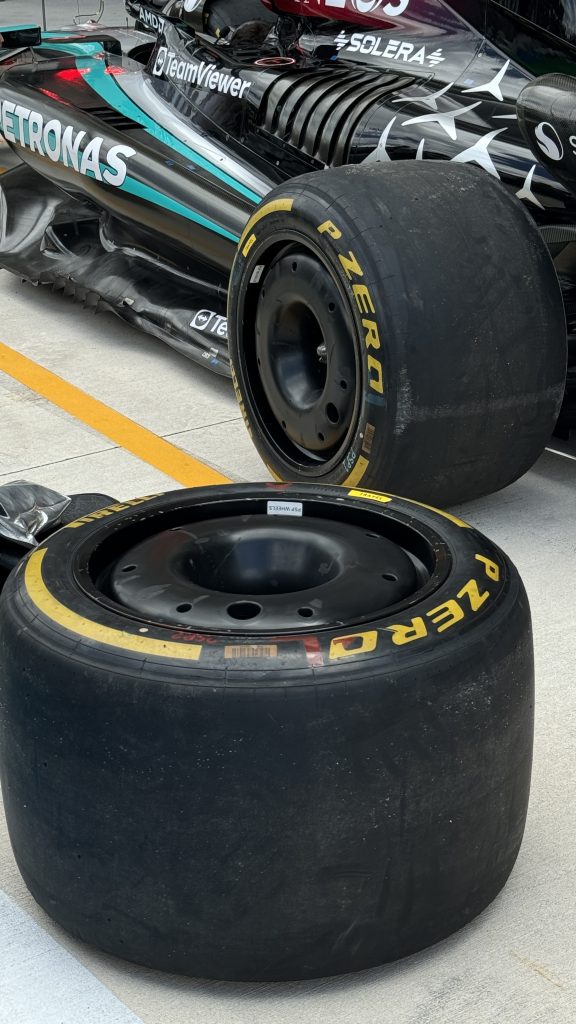
“This was a lot of work we did in the factory to guarantee that all the tires are exactly the same,” Isola stressed to us before continuing, “it’s not easy when you talk about tires. Quality is something that we guarantee in the company at every level. The problem here is the sensitivity is much higher. A small, small difference that you cannot feel on a road tire, here is one tenth of a second.” As any racing fan knows, every tenth of a second counts and can be the difference between victory or defeat.
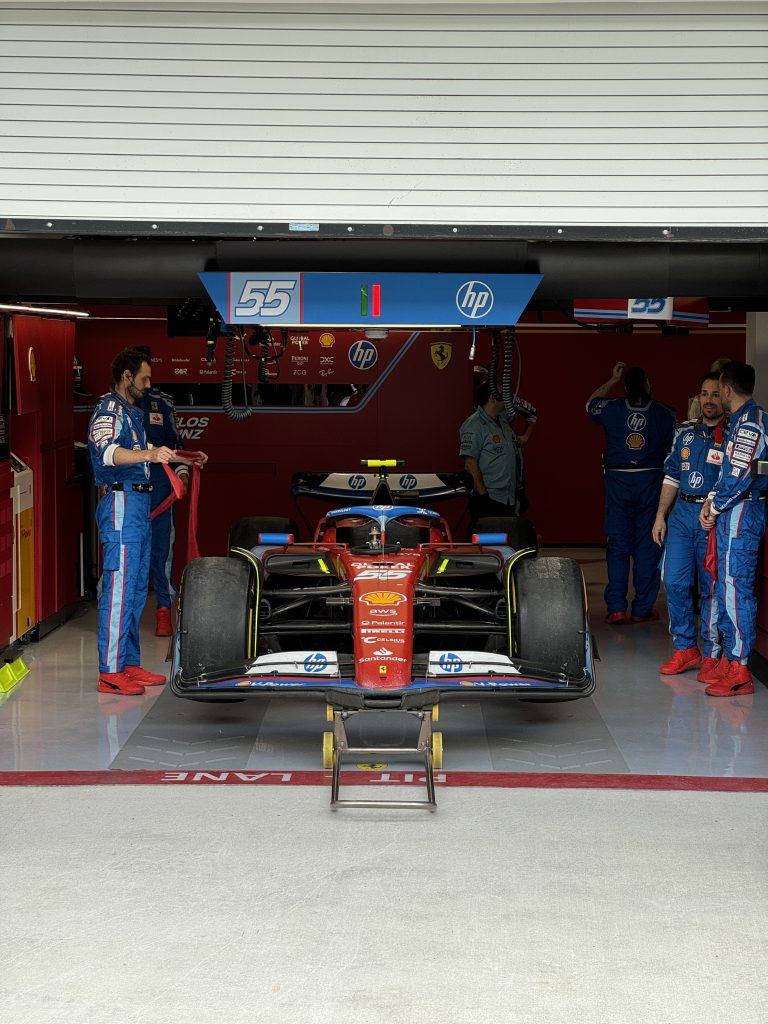
During Pirelli’s 13 year run as the sole supplier to F1, two parts of the tire in particular have evolved, the carcass and the belt. “With the 18-inch tires, we decided to introduce a complete new family of compounds that obviously were not available in 2011. New polymers—obviously there is a lot of confidentiality around that—but let’s say new ingredients in general that were not available, and they give us a better behavior of the car more in line with the expectation of the driver [and] less overheating.”
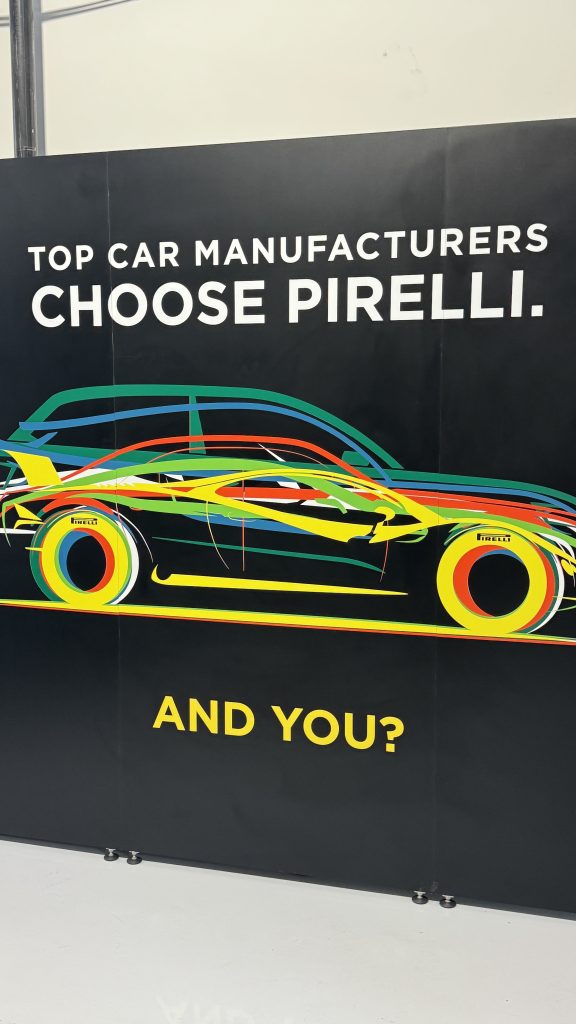
What better behavior and being more in line with driver expectations has translated to is much faster cars which led to lap times dropping an average of five to six seconds from the 2016 to 2017 season when wider tires were introduced. When asked if Isola enjoys the fact that no matter who wins, Pirelli wins he was quick to remind us that while true, they also share in every loss from second to last place. Isola went on to say that, “In the past with [a] tire war, I believe that sometimes, the final result of the race was defined too much by the tires. We need to be sure that the final classification is for the best driver first, and the best car second. Not the best tire. This is a situation that is for the sport, not ideal.” Spoken like a true motorsport fan.
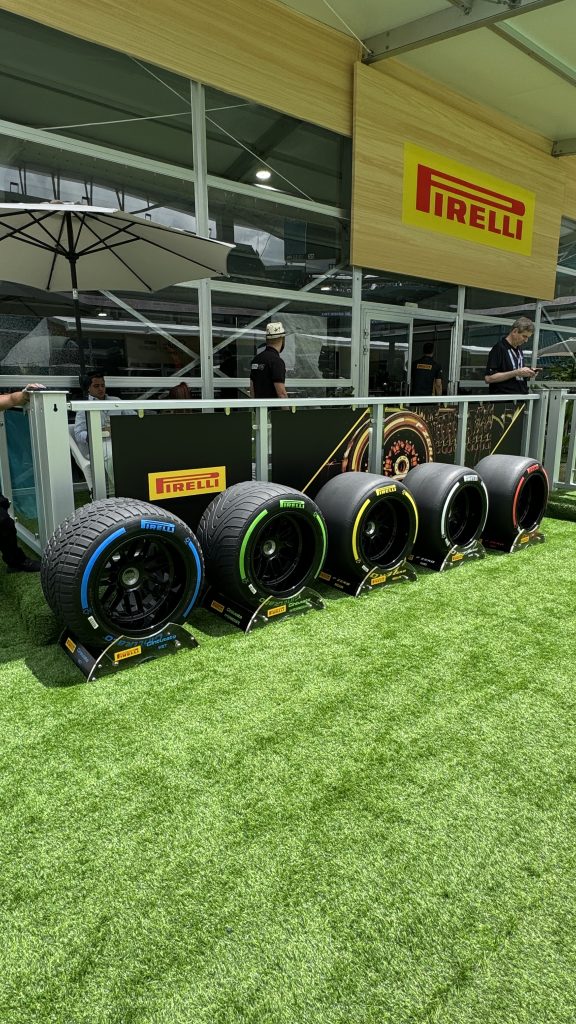
Now with every F1 race we watch, starting this weekend with the Emilia Romagna Grand Prix, we’ll be thinking of all the work Isola his team put in ahead of the race to do everything they can to ensure the highest quality race possible. “Formula 1 never stops,” Isola told us—and now having witnessed several grand prix races from the tires on up, such a statement truly resonates.
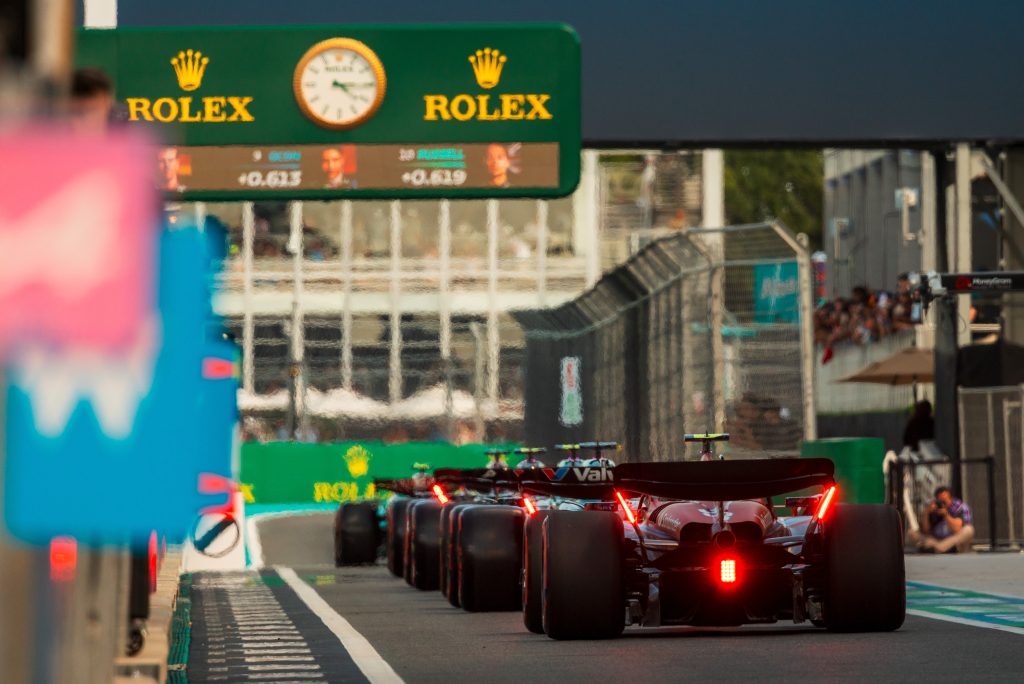
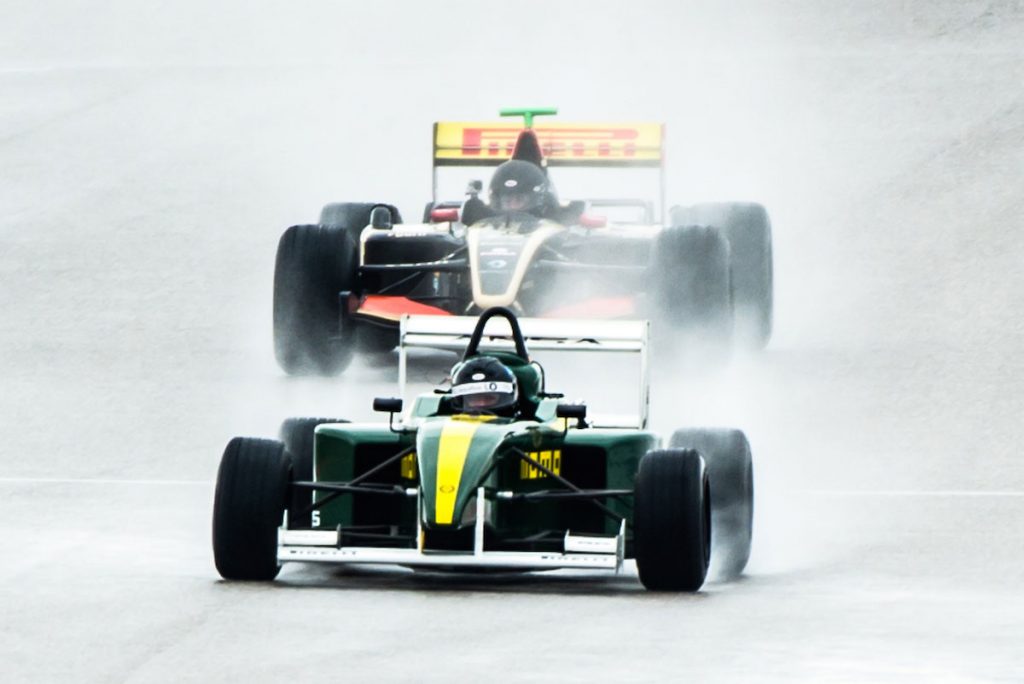
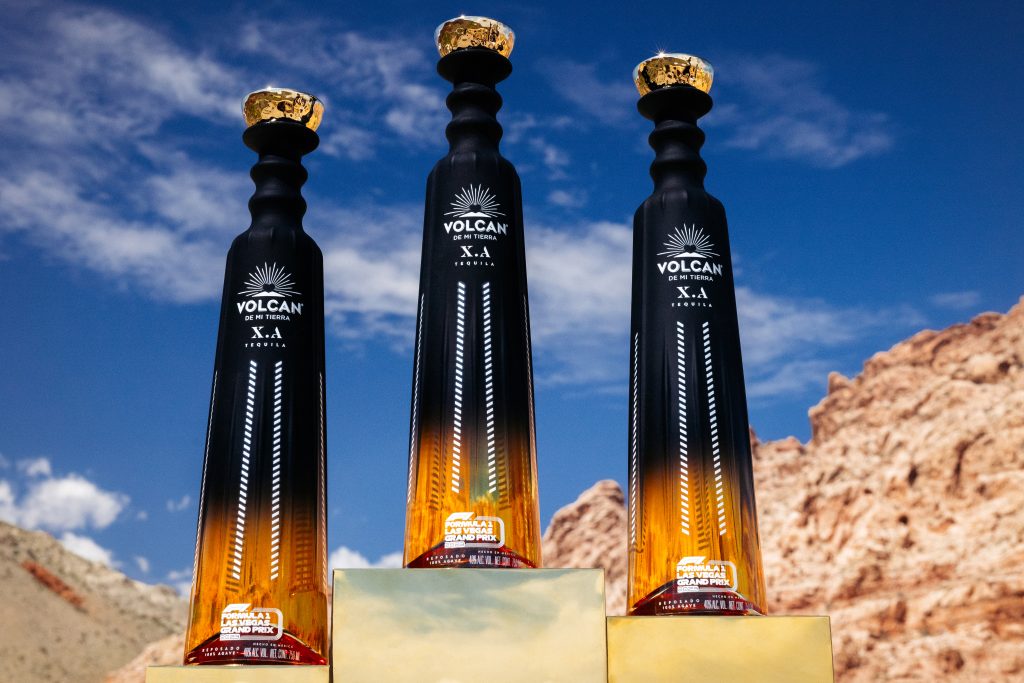

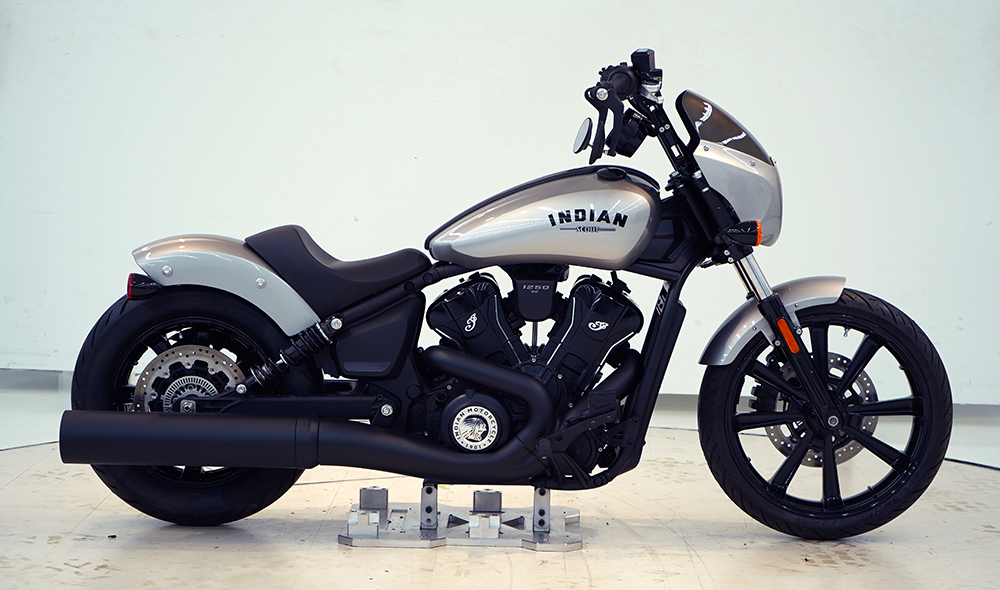








What are your thoughts?